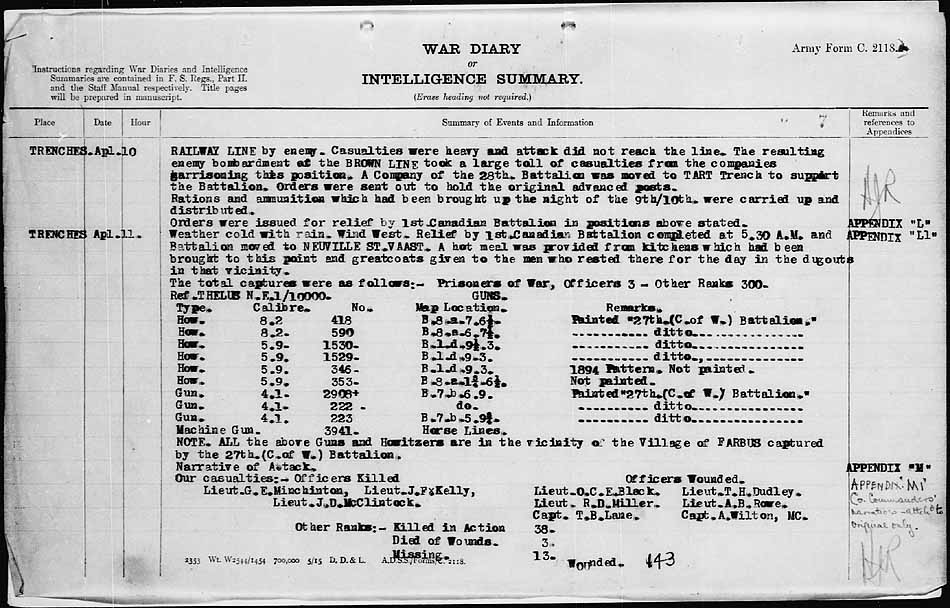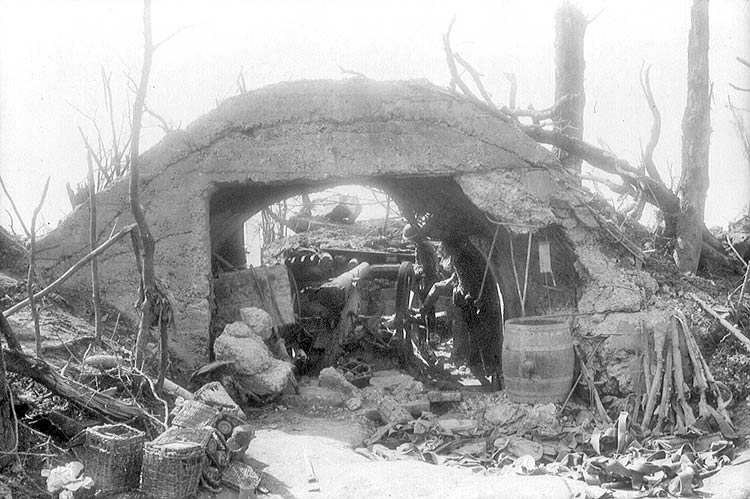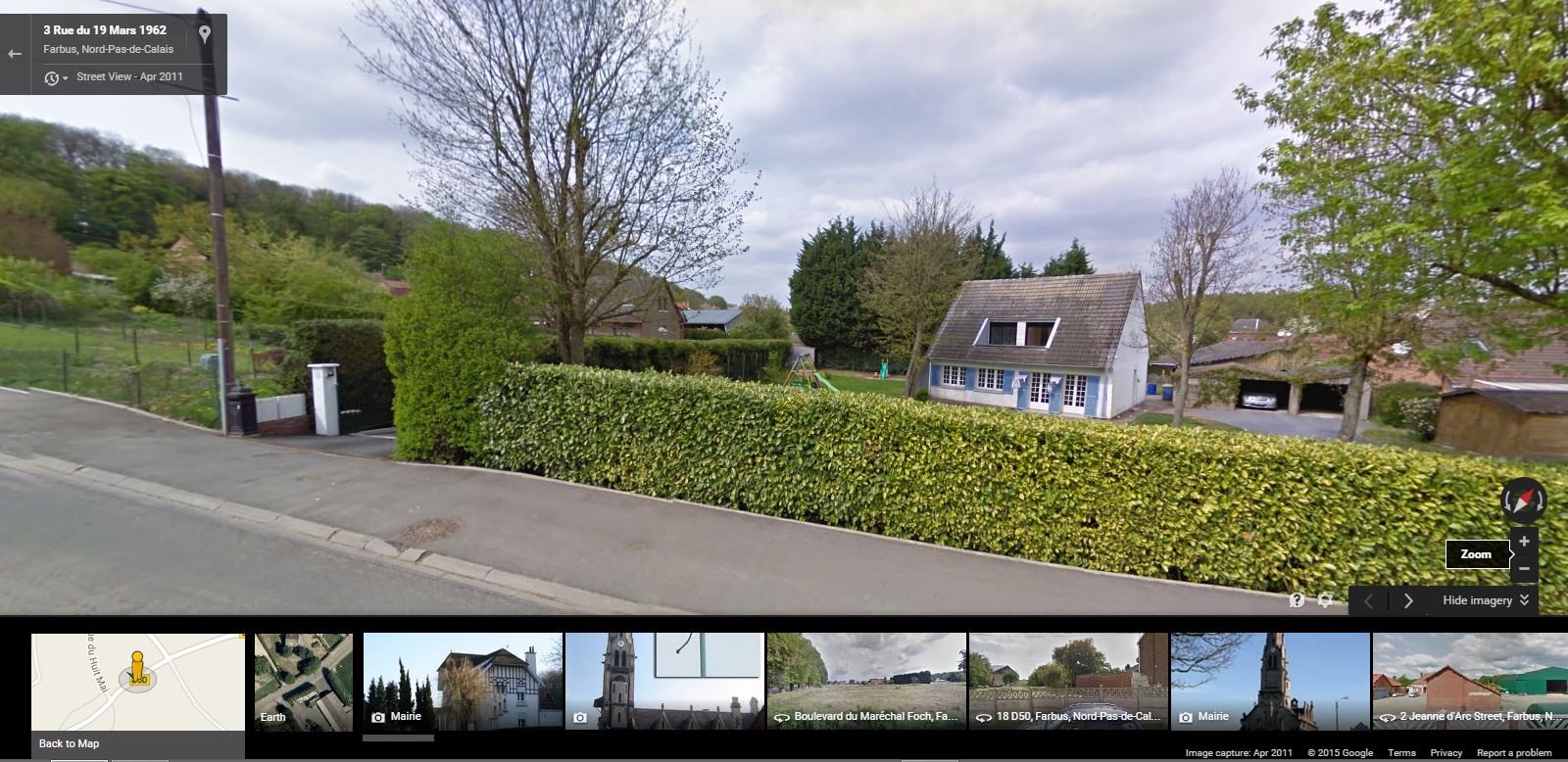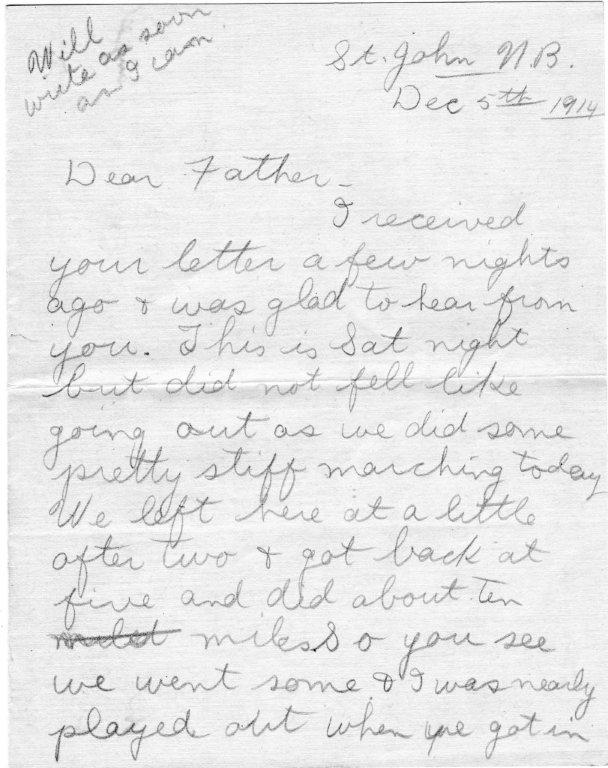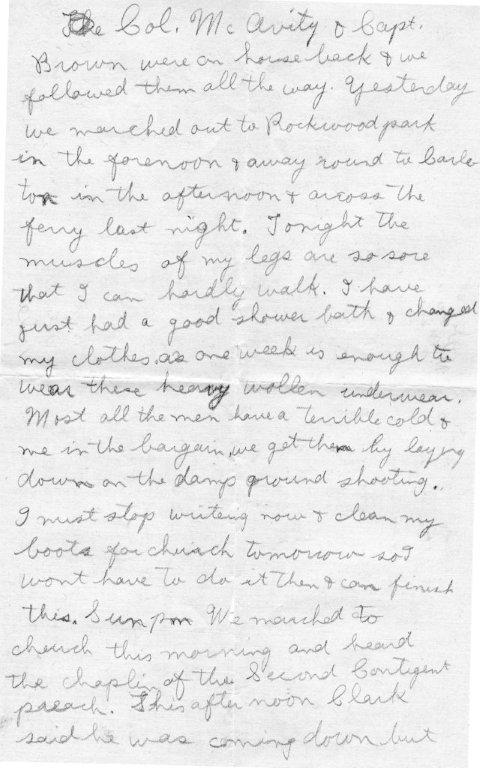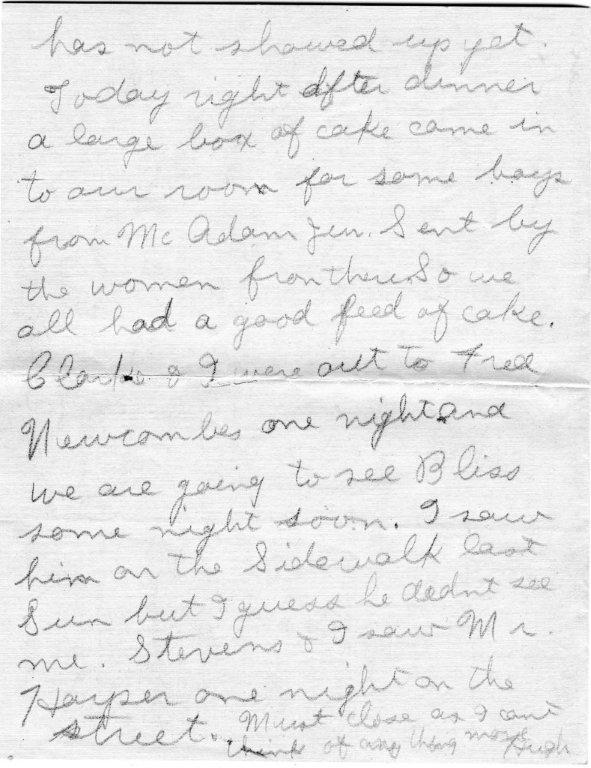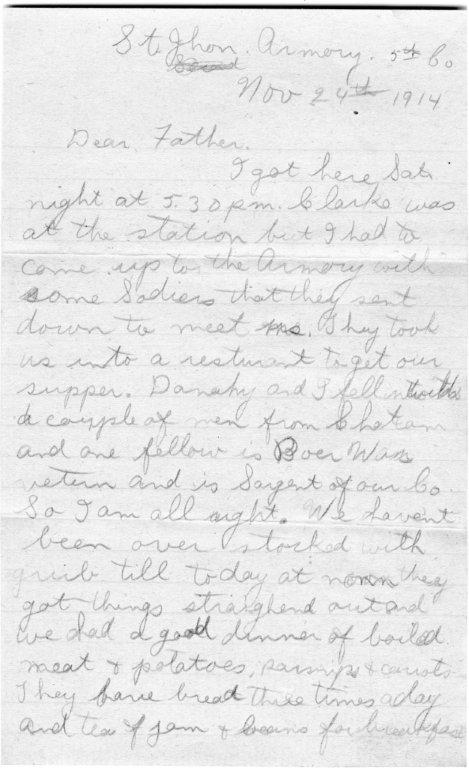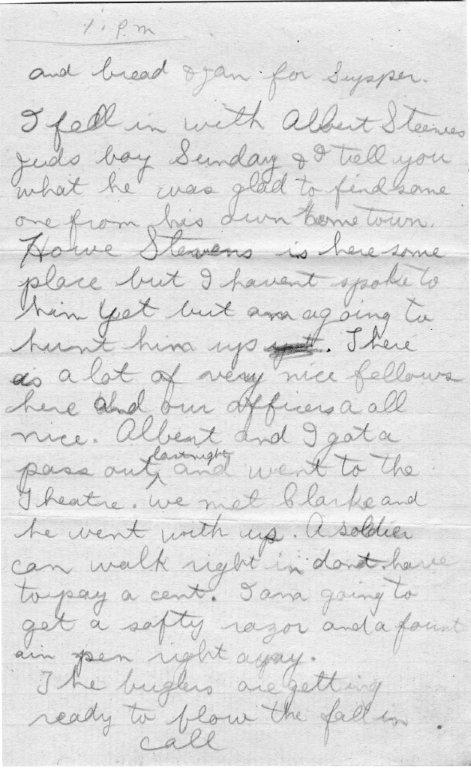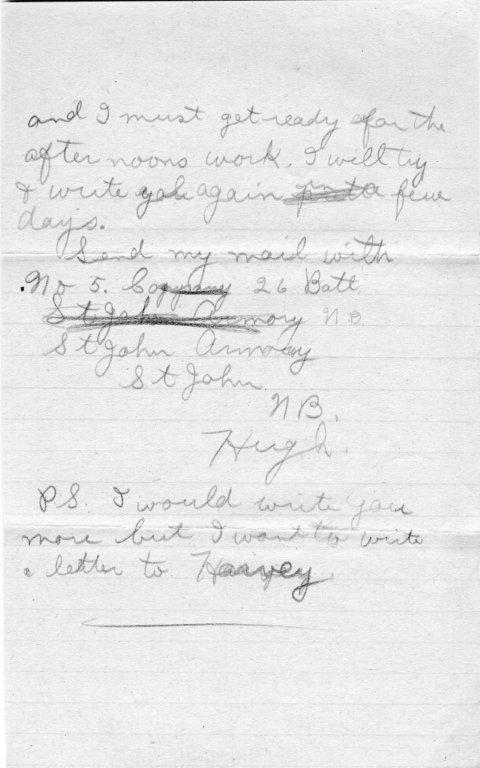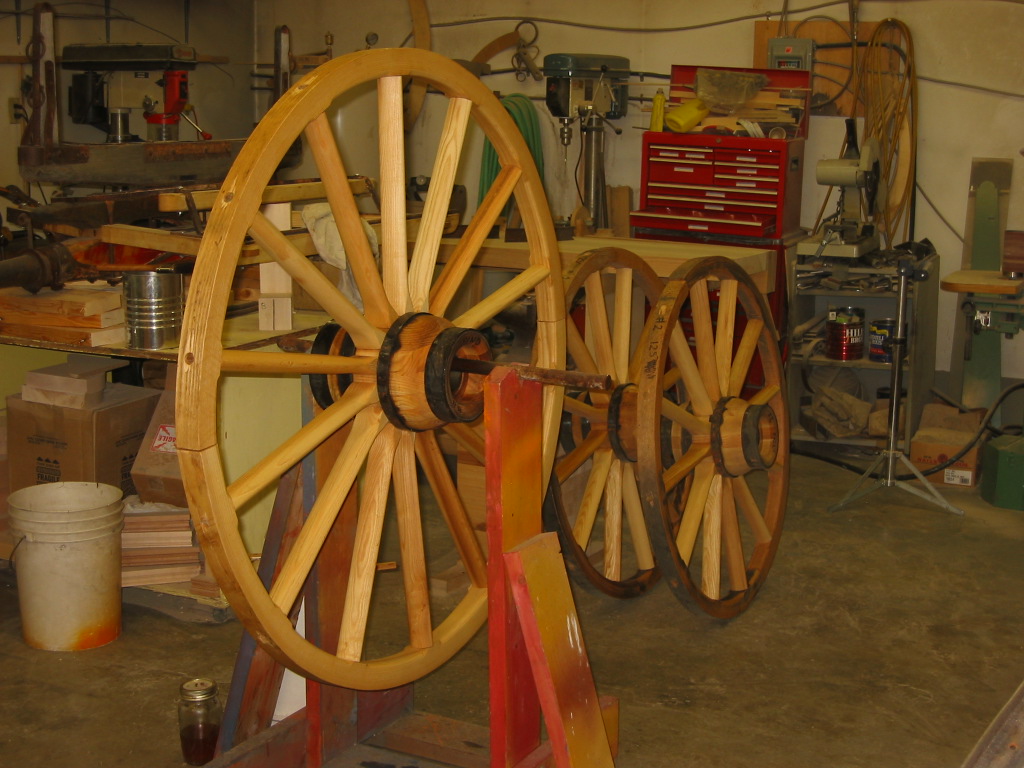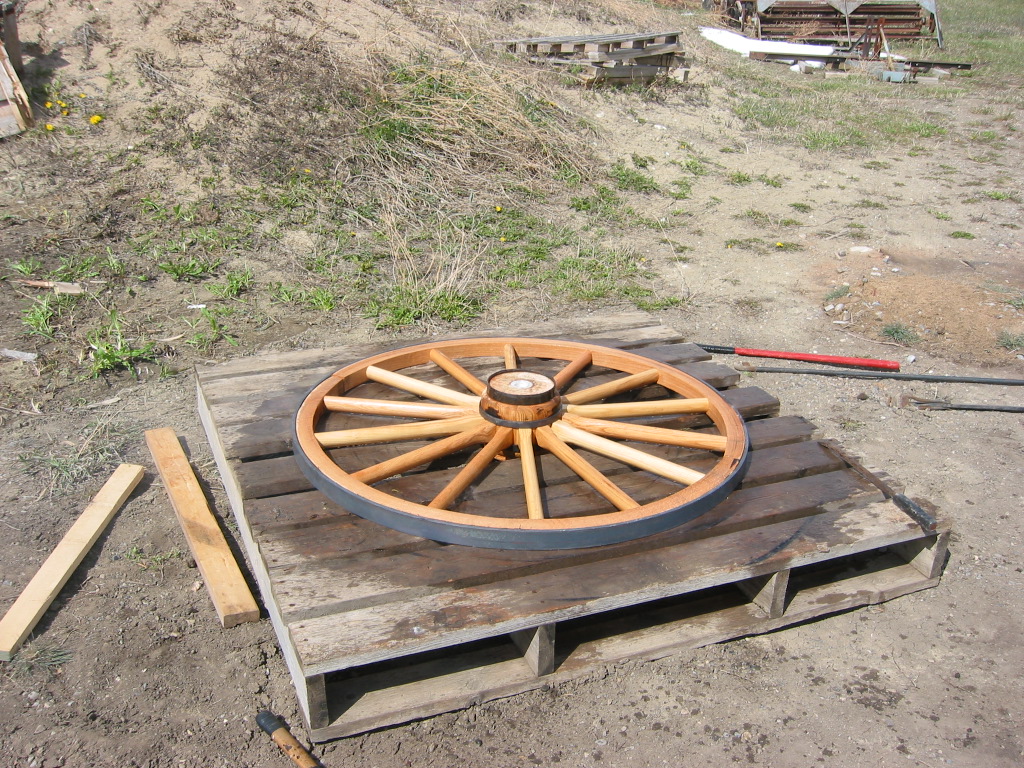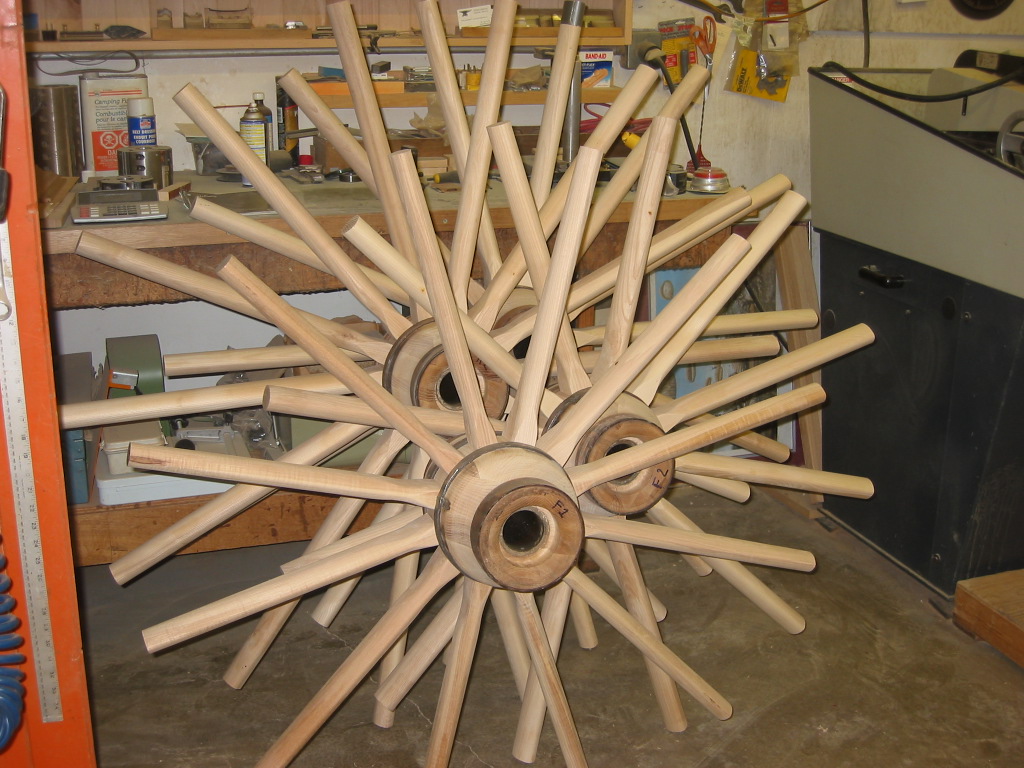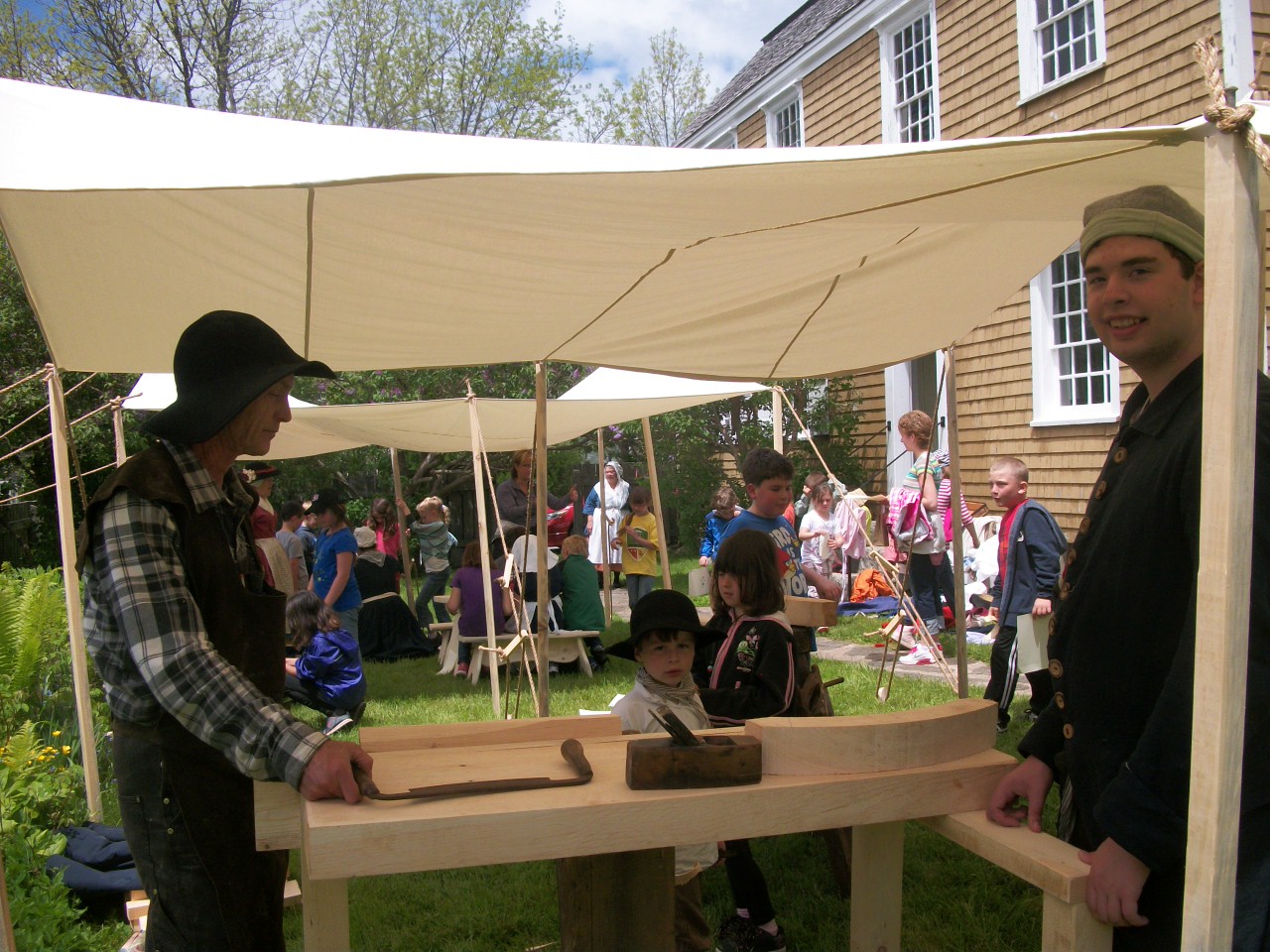It was 98 years ago today, (April 9, 1917) that the Canadian Expeditionary Force (CEF) fought the Battle of Vimy Ridge. It was the first time the Canadian Corp fought together as a single unit and achieved the first Allied Victory of the War. It was also the day the 27th Battalion captured the K14 10.5cm Cannon that sits in Hopewell Cape Square, which the people of Albert County won in the 1919 Victory Loans Competition for raising the greatest percentage over their target anywhere in New Brunswick. The County raised almost 3 times their goal of $110,000.00 with a realized sum of $317,000.00 (6.92 million in today's dollars).
So today while we pause and remember the sacrifices of the Canadians on that day almost 100 years ago, it's fitting to give an update on our own campaign to restore their captured trophy. The Victory Cannon Campaign has raised $4704.40 to date of a goal of $15000.00, we are within arms reach of 1/3 of our goal. So please donate. CLICK TO DONATE
The cannon wheels are in the process of being restored, our Wheelwright Mike Hartigan has been kind enough to send some photos of his progress.
Old spokes on new oak blanks, this is where we set the pattern for all the other spokes. One of the hubs and some felloe sockets are in the background.
Roughing out a spoke on the bandsaw removing excess wood.
Marking out the rough cuts for the cheeks on the hub end of the spoke.
Rough cut spokes laid out in front of their intended new home.
Practice spoke blank mounted on the lathe.
Rough turned spoke ready for finishing. Each of the 24 required spokes will be individually shaped by hand using a spoke shave.
Cracking the stud nuts on the hub. Some of them are really on there!
Now that's a story worth saving!
The Victory Cannon Campaign is raising funds to restore the two captured World War One cannons that sit in Hopewell Cape. These cannons were captured by Canadians during the Great War, and were awarded to the people of Albert County. You can donate online to the Victory Cannon Campaign here, and best of all you'll be sent a tax receipt! Click Here to Donate!



